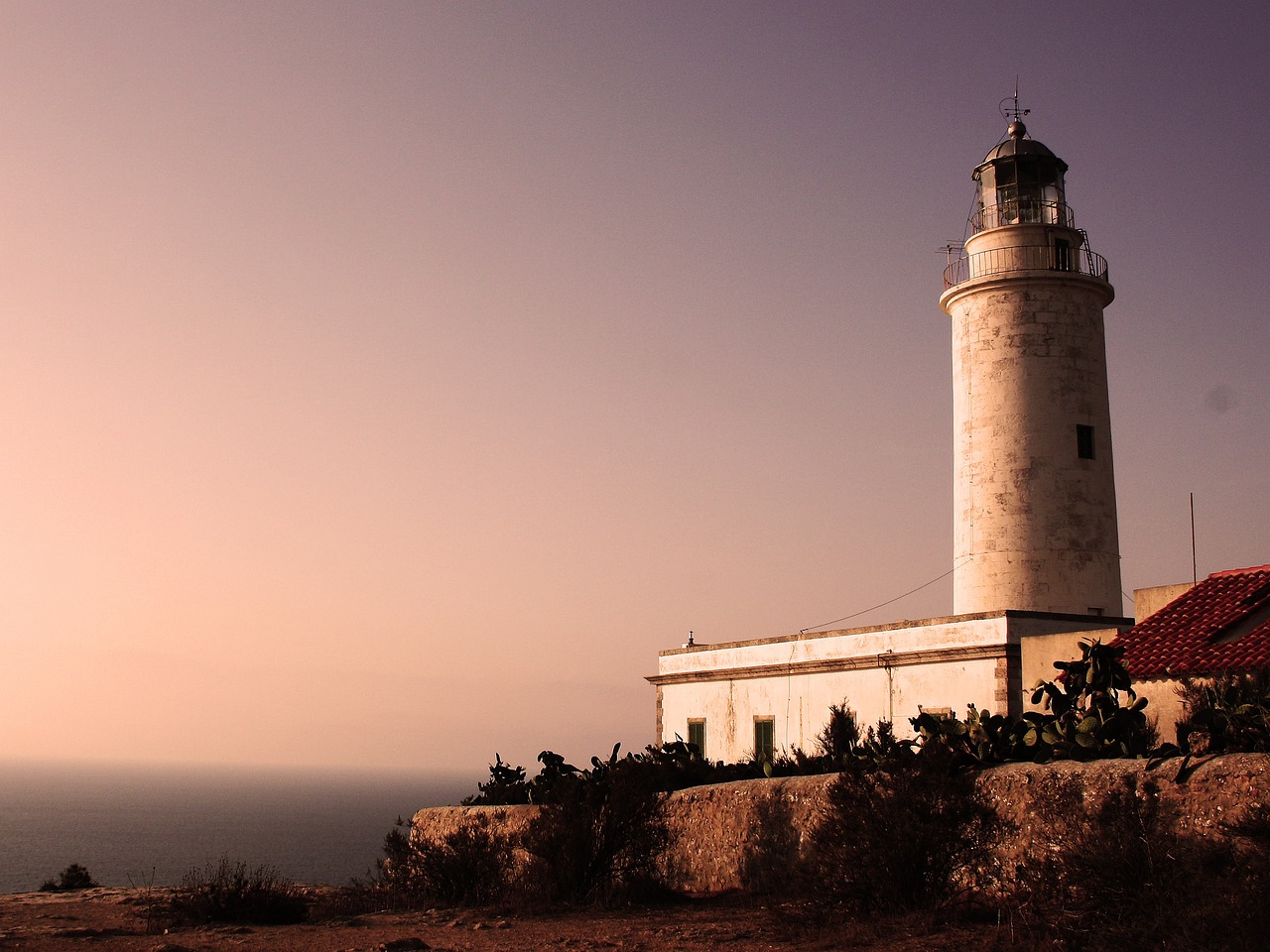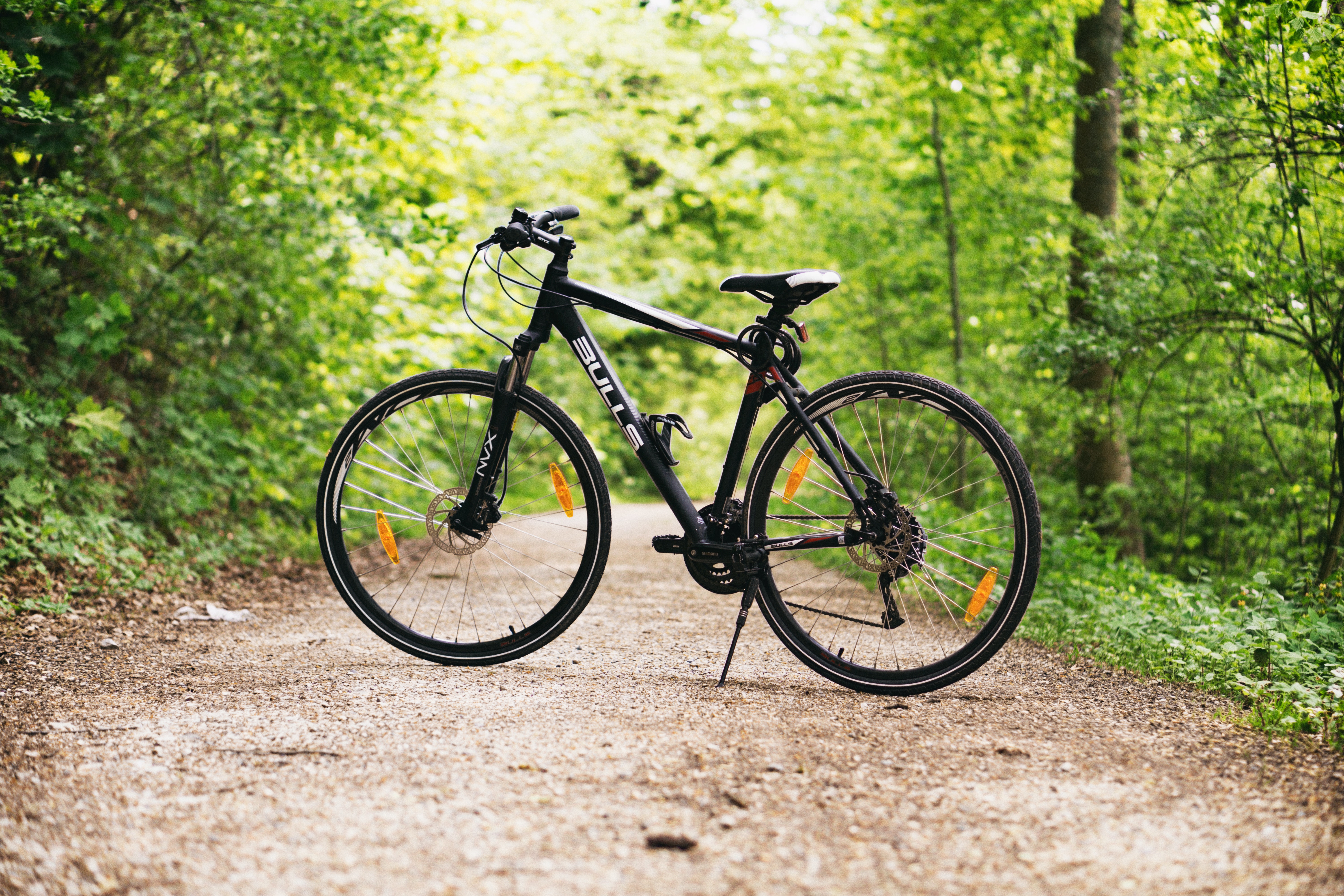Practical Information
All you need to know before and during your holidays

Climate

Language

Getting there

Your vehicle

Getting around

Shops and services
Climate & when to go
The climate of Formentera is typically Mediterranean, characterized by mild temperatures and low rainfall. It is the southernmost of the Balearic Islands and the least rainy - especially during the summer months when, some years, it doesn’t rain at all. One of the main factors affecting the weather on the island is the wind as it can change direction quite quickly, but even so, Formentera can be visited any time of the year, with each season having its own charms. The seasons are often divided into four blocks of three months each, but in terms of the weather on the ground, they don’t always fit so nicely into such neat packages.

January and February are the months with the fewest tourists and the weather can be a bit mixed. You may get some sunny days where you can comfortably sit out on a terrace during the daytime, but it can also be cloudier and windier, and it gets a little chilly at night. These are the two months when you’ll score the lowest prices for accommodation, but not all businesses will be open. March is still very low-season but the weather starts to improve a little - usually! April is similar enough but a little warmer, and is also when Easter (usually) occurs, signalling the start of the season and when many businesses reopen.
May is still springtime on the island, but there is less chance of rain and average temperatures approach 20c. Although it can vary a bit from year to year, by June you should be able to pack away the long sleeves and trousers and forget about them till October. June heralds the start of summer and the busiest time on the island. July and August are when most tourists come to Formentera and the island can get quite crowded. The weather is at its warmest and driest, and prices are at their highest. If you ask the locals which months are their favorites, most will probably say September and October. The worst of the crowds are gone but the weather is just about ideal and the sea temperatures are pretty much perfect. November and December aren’t bad either from a weather point of view and prices drop back to their lowest.
Language
The main language on Formentera is formenterenq, a dialect of eivissenc or ibicenco (of Ibiza), which is, in turn, a dialect of Catalan (although you probably won’t hear many people referring to it as Catalan!). Everyone speaks castellano Spanish as well though, and because of tourism, other languages are also understood by many islanders, especially Italian.



Getting there
Since there is no airport on the island, the only way to get there is by ferry. There are ferries to nearby Ibiza all year round and the crossing only takes about 30 minutes or so. Many visitors fly to Ibiza and take the ferry from there, but for those who wish to bring their own car, there are also ferry services (via Ibiza) from Valencia, Dénia and Barcelona on the mainland with the Balearia and Trasmed ferry companies, but their frequency depends on the season. Of course, you could just sail there if you happen to have your own boat, but you don’t need us to tell you about how to do that!
Bringing your own vehicle
During the peak summer season the population of Formentera triples, putting a lot of pressure on the island’s infrastructure’s ability to cope with all the extra vehicles. In light of this, and in the interests of long-term sustainability, restrictions are in place from mid-June until mid-September on how many vehicles are allowed onto the island. Visitors may bring their own vehicles to Formentera, but during the summer they must apply for a permit in order to be able to drive and park on the public roads, and fees apply. Campervans and caravans are not permitted as Formentera has no campsites, nor suitable space for them, and neither are quads allowed due to the damage they do to the island’s unpaved roads. Certain vehicles are exempt from the regulations, such as those belonging to residents and certain types of vehicles, including, amongst others, reduced-mobility vehicles and those belonging to owners of a holiday home on the island (1 vehicle max). Electric vehicles require a permit but are exempt from fees. For full information check out the Formentera Eco website.

Getting around
There are several car rental companies on the island, most of them in La Savina where the ferries come in, but gas stations are few and far between (there are only two in fact!) and the speed limit is 70km per hour. Mopeds and scooters are also available, as are bicycles, including some electric ones. As the island has 32 Rutas Verdes (Green Routes) and is small and mostly flat, cycling is one of the best ways to get around. There are also a number of bus routes covering the island year-round, with extra services being put on during the summer months. Check out Bus Formentera for routes and timetables. In addition, there are some taxis available in each of the towns on the island.
Shops, supermarkets, banks, pharmacies, etc
You’ll find all the same types of shops, supermarkets, banks and pharmacies as you’d find anywhere else in Spain, just fewer of them. They also operate more or less the same hours too, siesta and all! The Correos (Post Office) is in Sant Francesc, as is the Centro Médico, and there are private medical centres in Sant Ferran and La Savina.